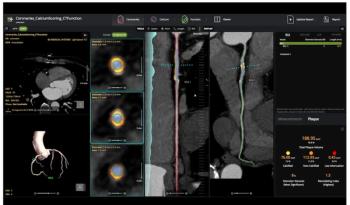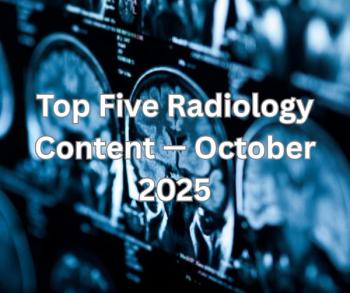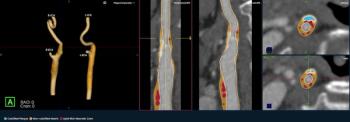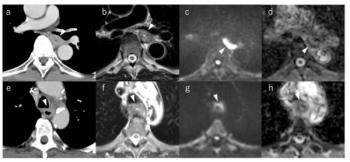
AATS Calls for Broader Lung Cancer Screening Guidelines
Lung cancer screening guidelines should be expanded, according to a multispecialty task force established by the American Association for Thoracic Surgery.
Lung cancer screening guidelines should be expanded, according to a multispecialty task force established by the American Association for Thoracic Surgery. The recommendations were published last week in the online issue of the
The new recommendations include instituting annual lung cancer screening using low-dose computed tomography (LDCT) for:
- Smokers and former smokers who are between the ages of 55 and 79 who have smoked the equivalent of a pack of cigarettes every day for 30 years; (The guidelines stopped at age 74.)
- Smokers and former smokers who are between the ages of 50 and 70 who have smoked the equivalent of a pack per day for 20 years and have other factors that raise their risk of developing lung cancer;
- Lung cancer survivors up to the age of 79.
Some concern remains regarding dose-radiation exposure to patients over repeated screenings. However, there has been progress developing procedures that do not expose patients as much as in the past, and efforts to further reduce radiation are continuing.
“Low-dose CT scanning has been proven to save lives,” said Francine Jacobson, MD, MPH, a thoracic radiologist at Brigham and Women’s Hospital and a co-chair of the task force. “I hope this recommendation will encourage physicians to use low-dose CT scanning for a broader range of patients.”
Newsletter
Stay at the forefront of radiology with the Diagnostic Imaging newsletter, delivering the latest news, clinical insights, and imaging advancements for today’s radiologists.






























